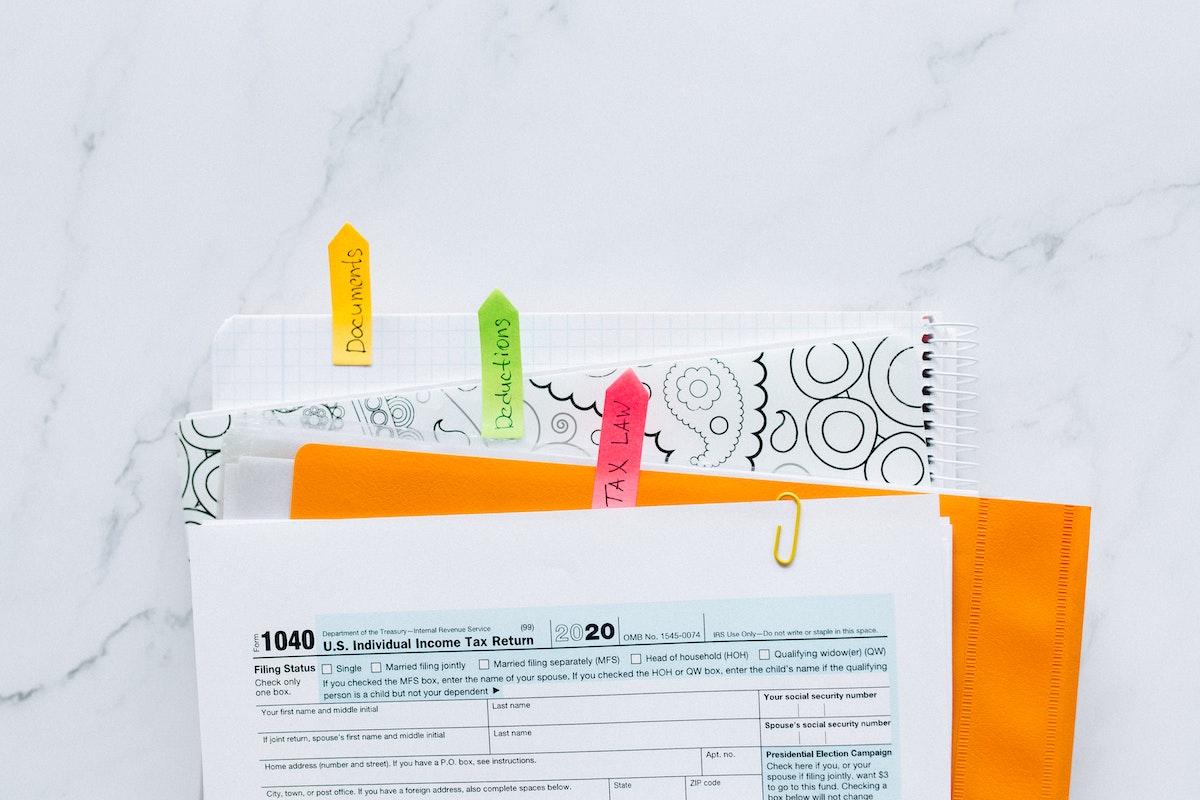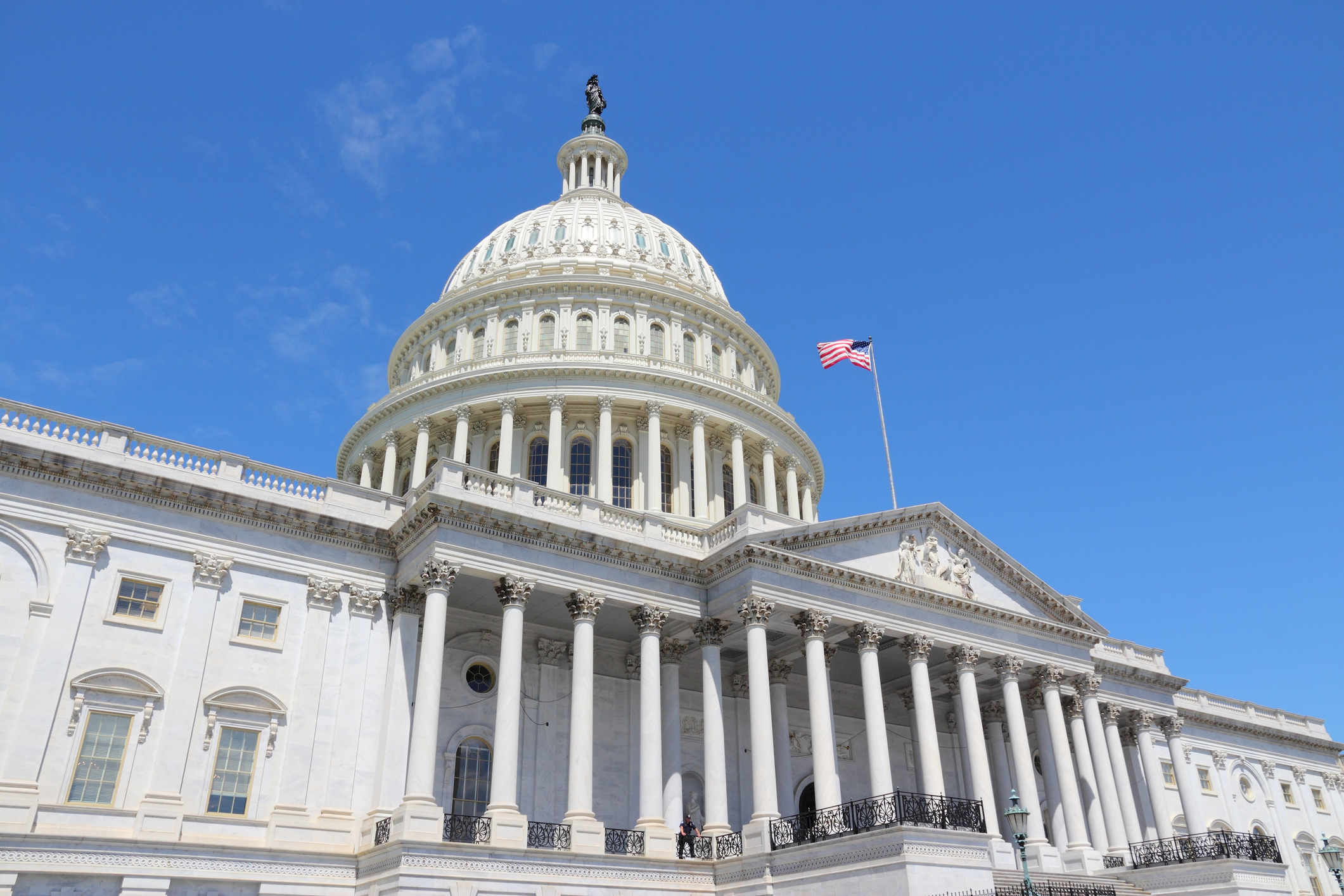Tax Day may have been extended until May 17, 2021 for individuals—but the traditional April 15 deadline still holds for most business owners. In the spirit of optimizing your tax returns whenever they’re due, we’ve put together some tips and reminders that high income earners often forget about.
Need a quick overview of these tax planning tips?
Business owners:
- Max out your SEP IRA or solo 401(k)
- Consider a cash balance pension plan or new comparability profit-sharing plan
Everyone else:
- Max out your HSA
- Max out your backdoor Roth IRA
Tax planning tips for business owners
Solo business owners
If you’re a solo business owner (without partners), start by maxing out your SEP IRA contributions. The maximum SEP IRA investment for your 2020 taxes is 25% of your income or $57,000 (whichever is less). These contributions are tax-deductible, which means the more you contribute, the less your taxable income.
If you want to max out the $57,000, but this amount is more than 25% of your income, you can invest in a solo 401(k) or one-participant 401(k) instead. This type of plan is designed for self-employed individuals with no employees (though it can also cover your spouse). You can make solo 401(k) contributions pre-tax, which means these contributions also reduce your taxable income. Plus, if you’re 50 or older, can also contribute an additional $6,500 as a catch-up contribution.
Business owner with partners
Consider these types of retirement plans: Cash balance pension plan, new comparability profit-sharing plan
If you own a business with a couple of partners, consider a cash balance pension plan to optimize your tax returns—this approach is like creating your own pension plan for your business. Participants receive a set percentage of their yearly compensation plus interest charges, and the business bears ownership of profits and losses in the portfolio.
The big advantage to a cash balance plan is that contribution limits increase with age. For example, if you are 60 or older, you can save well over $200,000 annually in pretax contributions. Using a cash balance plan is therefore a great strategy if you and your partners are older than your employees.
It’s also possible to structure your 401(k) to maximize owner contributions up to the legal limit—while still contributing to your employees’ plans. For example, a new comparability profit-sharing plan allows you to allocate multiple contribution rates to different employee groups.
Many of my business owner clients invest heavily in their business and wait to save for their own retirement. To max out your owner contributions, you will need to also make contributions for your employees. A new comparability profit-sharing plan can often allow business owners to contribute to employees while optimizing investments in their own savings—especially as they near retirement. Everyone wins.
Tax planning tips for everyone
For high-income earners that don’t own a business, you have less flexibility to pick and choose your retirement contributions—but there are still a few ways to optimize your tax returns.
Max out your HSA
If your employer offers a health savings account, contribute as much as you can. You can claim a tax deduction for all of these contributions. Plus, the interest on these accounts is tax free. If you have a high-deductible healthcare plan, an HSA also allows you to use your contributions as a retirement savings tool—just let your interest compound over the years and create a tax-free bucket for healthcare costs in retirement.
If your employer doesn’t offer an HSA, you can open your own through brokers like Fidelity, as well as many local credit unions.
Make backdoor contributions to a Roth IRA
Roth IRA accounts are tax-free accounts that basically have super powers. These contributions won’t reduce the taxes you owe this year, but they’ll build a pot of tax-free money you can use in the future. This will help give you more control over the taxes you pay in retirement.
Unfortunately, many high-income earners are not eligible to contribute directly to this kind of account. The 2020 income limit is $139,000 for someone filing as an individual and $206,000 for those filing as a couple.
If you earn too much to contribute directly to a Roth IRA, you can make backdoor Roth IRA contributions instead. This isn’t an official type of account—instead, it’s a complicated but IRS-sanctioned way to allow high earners to contribute to a Roth. The caveat is that you must not have any traditional or rollover IRA accounts.
If the backdoor Roth IRA sounds like too much work for you, see if your employer’s 401(k) plan offers a Roth option.
Fun tip for 2021
While it won’t help you with your 2020 return, one of the recent pandemic relief acts allows 100% tax deductions for business-related food and beverages provided by restaurants—both sit-down and takeout meals. Until now, you’ve only been able to deduct 50% of these expenses.
Enjoy it while it lasts—this additional deduction is only slated to last through 2022.
You might also like: 2020 Contribution Limits & Tax Reference






